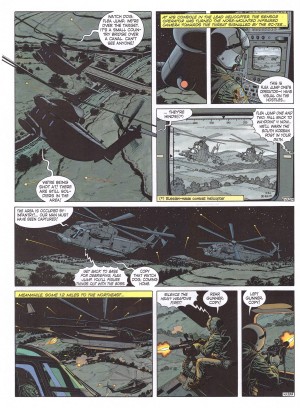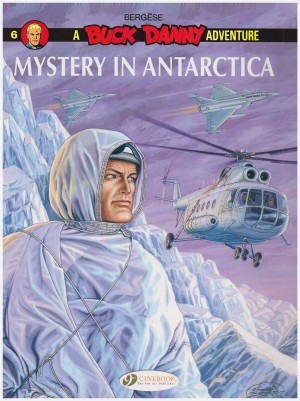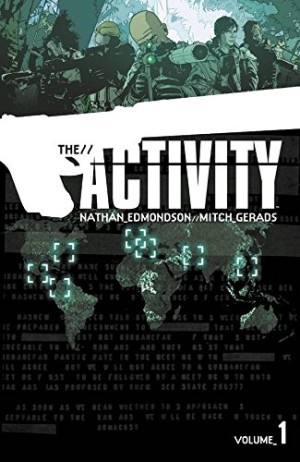Review by Karl Verhoven
Night of the Serpent might be the first Cinebook English language translation of Buck Danny, but it’s actually the 49th volume of the Franco-Belgian series stretching back to the late 1940s when an American pilot was the very height of glamour in post-war Europe. It’s the ninth consecutive tale illustrated by Francis Bergèse, and the fourth he’d also written.
Considering that’s the case, there’s a real awkwardness to the writing, and it’s not down to the translation. Bergèse credits numerous people for his research, and has a lot of background information to pack into the opening pages to ensure the remainder of the story works. While it might not have been noticeable during the original weekly serialisation, as a graphic novel it’s hardly subtle.
Neither is the remainder of the book. What Bergèse considers the priority is absolute authenticity. Should an F-22 pilot pick up Night of the Serpent, they’ll no doubt recognise every dial on the dashboard, and anyone who’s worked in mission centres will know the function of every coloured switch illustrated. However, explaining the capabilities of each jet seen and ensuring flight paths are accurate down to the mid-air refuelling co-ordinates sucks the life from the story for anyone prepared to see a drawing of a helicopter and know its purpose. Two-thirds of the book is clogged with explanations such as “The F-117 is too slow and insufficiently manoeuvrable to escape a Mig fighter safely. Whereas with the power and agility of the F-22 it will be child’s play for you to trick them without risk.” It’ll thrill a tiny percentage of plane enthusiasts while boring the far greater number of readers lacking that interest.
There’s another reason this isn’t an ideal book to introduce the series to an English speaking audience. Buck Danny himself is an almost anonymous figure until the home stretch. Regular European readers will know that’s him on the second page putting on his shades, but his main purpose until the halfway point is repressing an impetuous subordinate and asking expository questions. There’s nothing that makes him stand out, and personality is subordinate to plot.
The gist of that plot concerns an American pilot shot down over North Korea when his plane malfunctions. It’s not too long before we discover why, but the observant will have worked this out beforehand, and its almost the midway point before the explanations cease and the action starts. Bergèse avoids the obvious plot of Danny and his cohorts extracting the fallen pilot in experimental planes, and by the final ten pages Night of the Serpent has become a decent adventure, but it’s too little too late.
As might be expected, Bergèse’s presentation of planes whether grounded or in flight, is first rate, and this skill extends to the depiction of the cast, who’re all different and easily distinguished by more than just hair colour. His compulsion for precision, however, means there’s a rigidity to his people.
Criticisms of a series that’s been popular with successive generations of European boys since 1948 are whispering into the wind. Buck Danny has long found a comfort zone, and Bergèse knows what he’s doing to maintain this and ensure consistent sales. On the basis of Night of the Serpent, however, repeating that success with an English language audience is going to be an uphill struggle.





